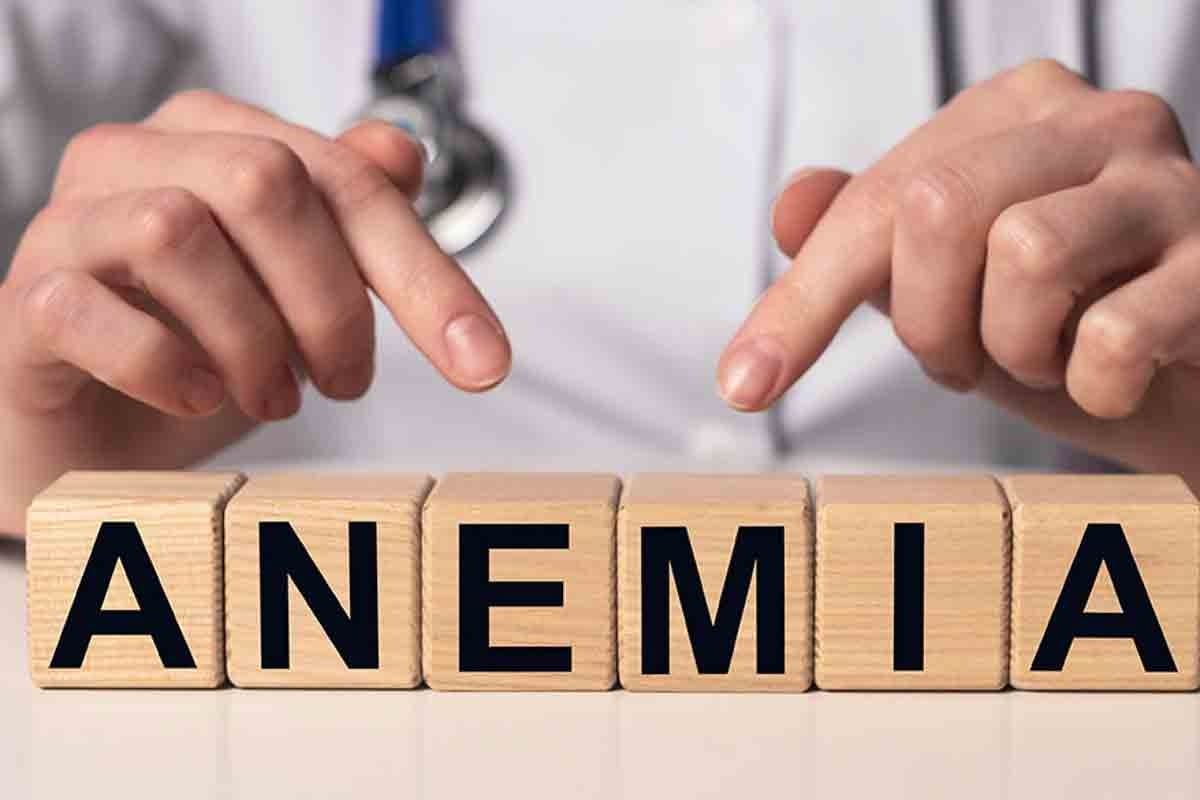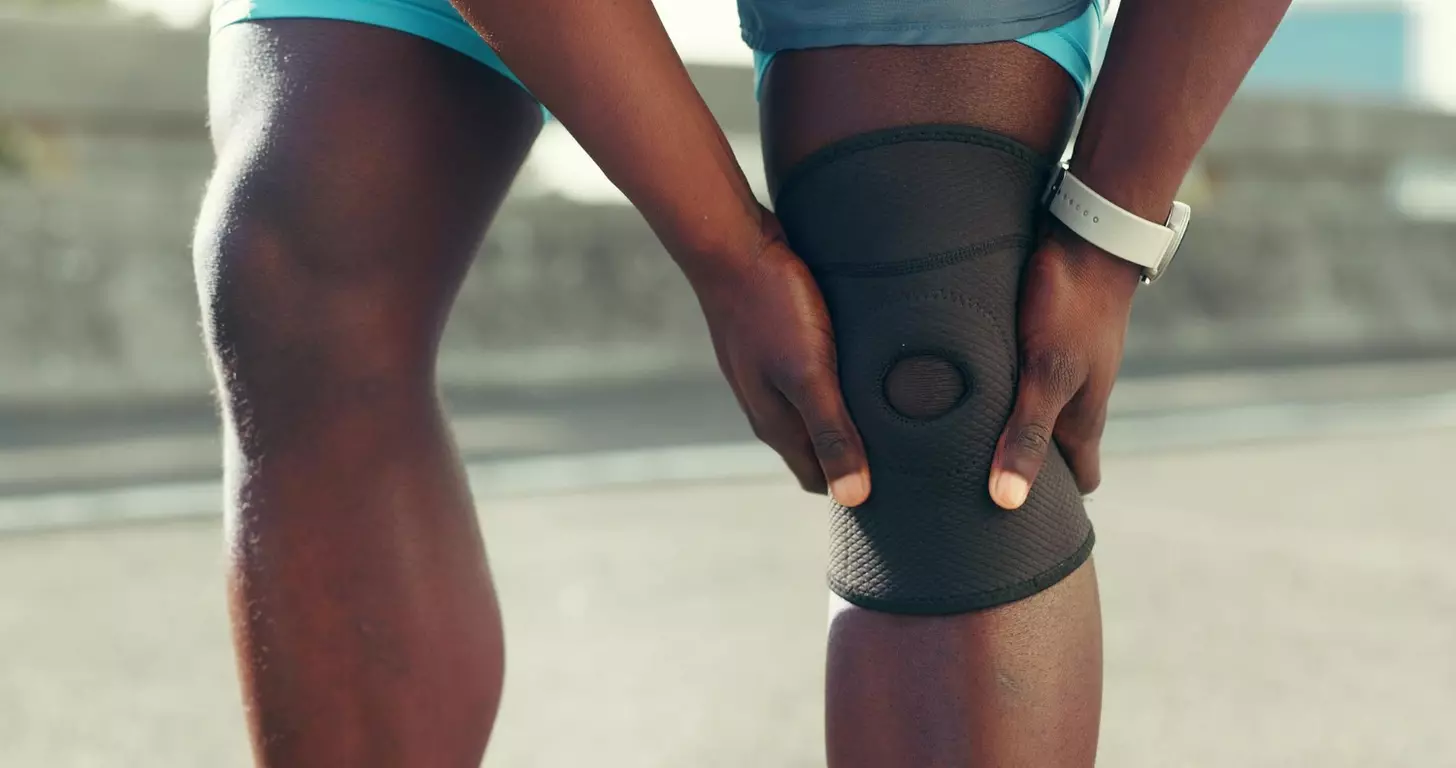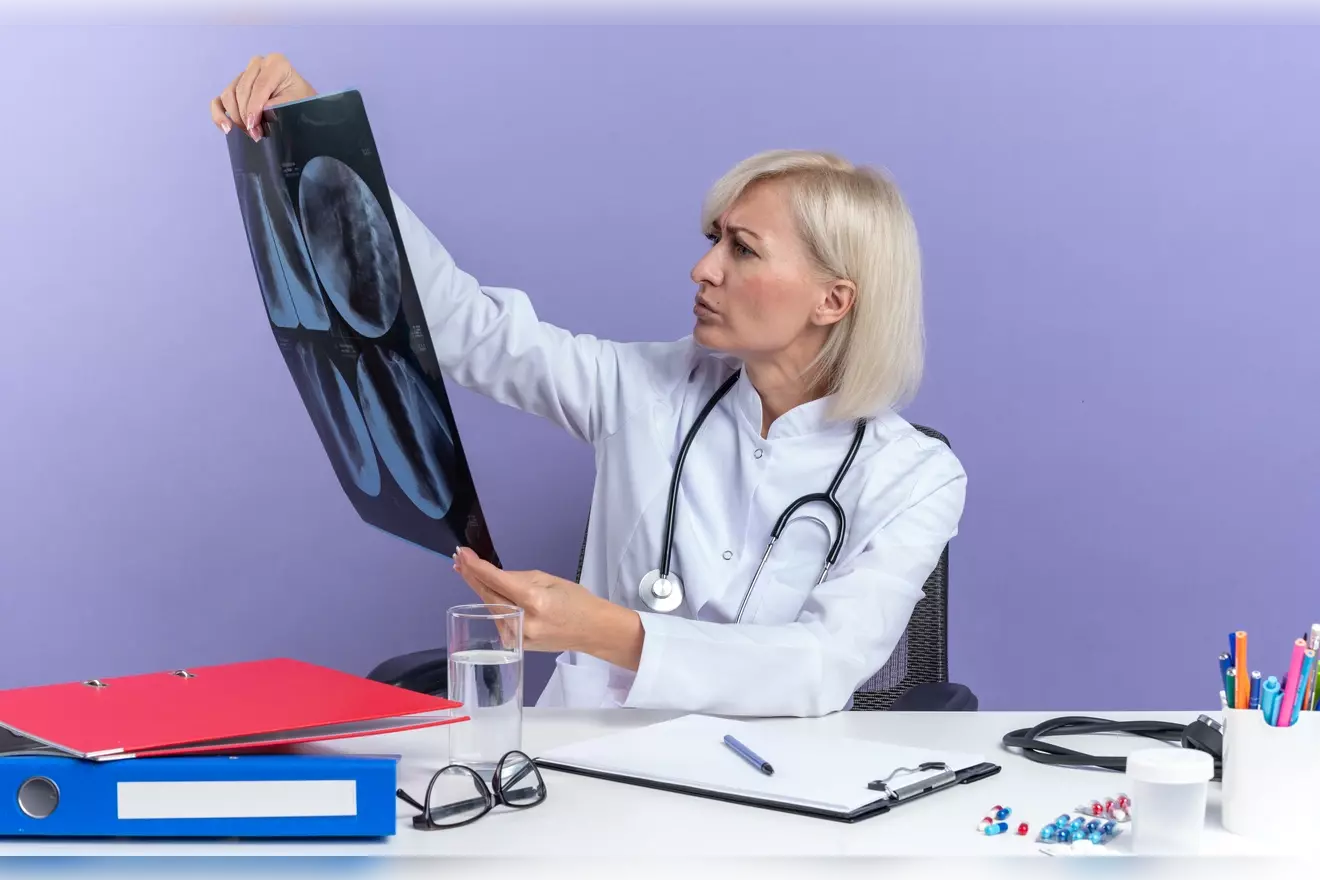Last Updated on November 27, 2025 by Bilal Hasdemir

Many patients ask, “can you drive after pet scan?” This is a valid concern due to the use of radioactive tracers in the procedure. Medical guidelines generally say patients can usually drive home after a PET scan, as the radiation exposure is minimal and quickly diminishes. However, individual reactions may vary, and sedation or medication used during the scan could affect alertness. It is important to follow the specific instructions from your healthcare provider or the PET scan facility. They will advise whether it is safe for you to drive based on your circumstances. Always prioritize safety and adhere to medical advice to ensure wellbeing after your PET scan.
Key Takeaways
- Patients are generally allowed to drive home after a PET scan.
- The radioactive tracer used may have varying effects on individuals.
- Specific guidelines from healthcare providers or PET scan facilities should be followed.
- Understanding the procedure’s after-effects is key to safe travel.
- Getting advice from a healthcare professional is a good idea.
Understanding PET Scans: What They Are and How They Work
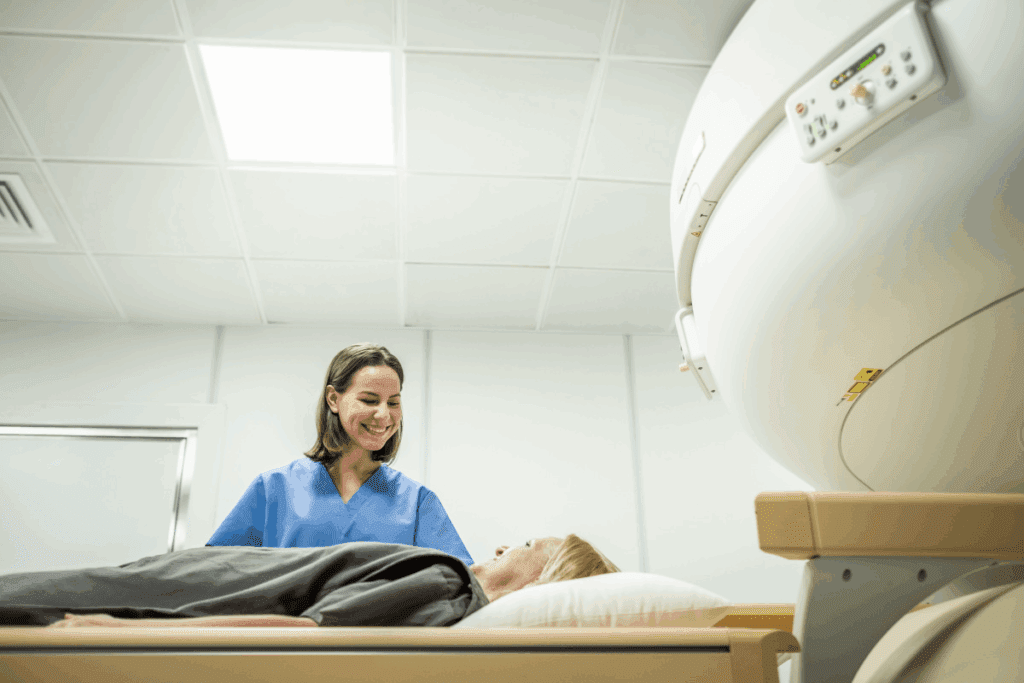
PET scans are advanced imaging tests used to find and manage medical conditions, like cancer. They use a radioactive tracer to see inside the body. This helps doctors understand how different parts work.
Definition and Purpose of PET Scans
A PET scan, or Positron Emission Tomography scan, shows how the body’s cells work. It’s mainly used to check for cancer, see how bad it is, and if it’s spreading. It helps doctors find the best way to treat it.
The scan works by catching the energy from the tracer. This energy turns into images that show how the body works. The info from a PET scan is key for making treatment plans.
Common Medical Conditions Requiring PET Scans
PET scans help diagnose and keep track of many medical issues. Some common ones include:
- Cancer diagnosis and staging
- Neurological disorders, such as Alzheimer’s disease
- Cardiovascular disease assessment
These conditions get better insights from PET scans. This leads to more accurate diagnoses and treatment plans. Knowing how PET scans work is important for both patients and doctors.
The PET Scan Procedure: What to Expect
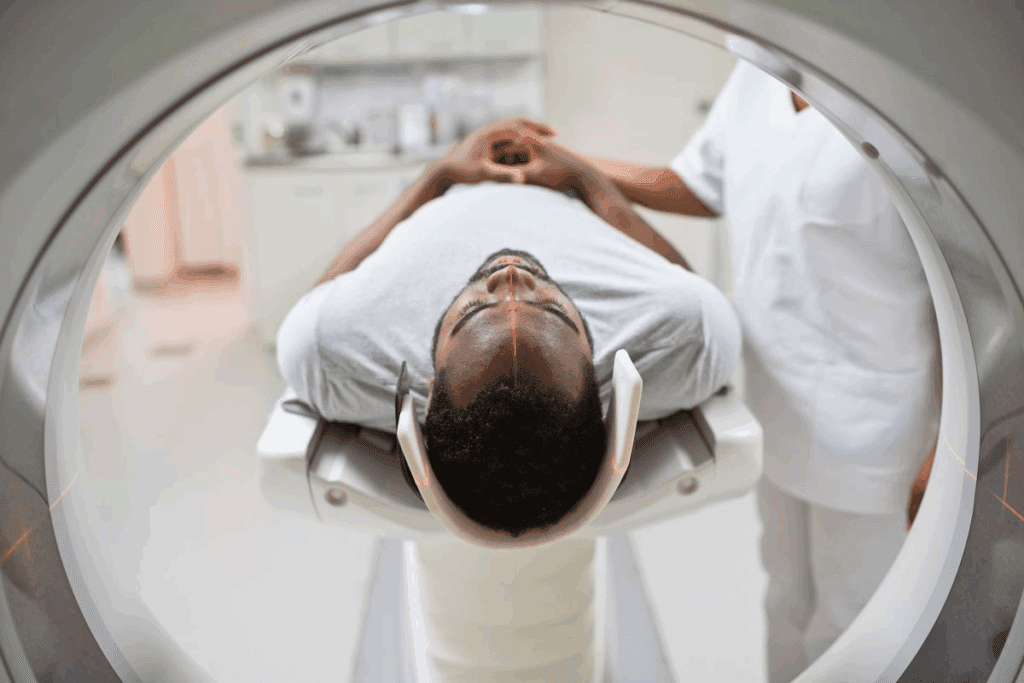
The PET scan process has several stages, from getting ready to what happens after. Each step is important for getting accurate results.
Before the Scan: Preparation Requirements
Getting ready for a PET scan is key. You’ll likely need to fast for a few hours before, but you can drink water. It’s vital to follow the exact instructions from your healthcare provider or the imaging centre. They might ask you to avoid certain medicines or eat less sugar.
You should arrive early to fill out any paperwork and get ready for the scan. Wearing loose, comfy clothes and avoiding jewellery or metal objects is a good idea.
During the Scan: The Procedure Explained
The PET scan usually takes 30-45 minutes. You’ll lie on a table that moves into a big, doughnut-shaped machine. The scan is painless, but some might feel claustrophobic because of the tight space. The PET scanner uses a radioactive tracer to make detailed images of your body’s inside.
After the Scan: Immediate Effects
After the scan, you can usually go back to your normal activities. Drinking lots of water helps get rid of the radioactive tracer. You might feel a bit tired or taste something metallic, but these effects don’t last long.
The radioactive tracer used in PET scans has a short half-life. This means it quickly loses its radioactivity. Usually, you won’t be radioactive after a few hours, but it depends on the tracer used.
Can You Drive After a PET Scan? The Official Guidelines
Official guidelines help clear up questions about driving after PET scans. Whether you can drive depends on the scan type, your health, and the facility’s rules.
Medical Recommendations from Radiology Associations
Radiology groups like the Radiological Society of North America (RSNA) and the American College of Radiology (ACR) offer advice. They say most people can drive home after a PET scan. But, if you’ve had sedation or can’t drive safely, you might need a ride.
Always listen to your healthcare provider or the radiology team. They know your situation best and can give you the right advice.
Hospital and Imaging Center Policies
Different places have different rules for driving after PET scans. Some might not let you drive if you’ve had sedation. Always ask about the rules at your scan location.
Be aware of any side effects like tiredness or dizziness. These could make driving unsafe.
In short, while you might be allowed to drive, it’s important to follow the advice of radiology groups and facility policies. Talk to your healthcare team to figure out what’s best for you.
Radioactive Tracers Used in PET Scans
Understanding radioactive tracers is key for PET scan patients. These tracers emit radiation that the PET scanner picks up. This helps create detailed images of the body’s inside.
Types of Tracers and Their Half-Lives
PET scans often use Fluorodeoxyglucose (FDG), a glucose molecule with a radioactive atom. The half-life of a tracer is how long it takes for its radioactivity to cut in half. For example, FDG’s half-life is about 110 minutes.
- FDG (Fluorodeoxyglucose): Used for checking tissue activity, mainly in cancer diagnosis.
- Flotufolastat F18 (Pylarify): Used for imaging prostate-specific membrane antigen (PSMA).
- Rubidium-82: Used for heart imaging.
How Tracers Affect Your Body and Alertness
The tracers in PET scans are safe and have little effect on the body. But, they can impact you in different ways. For instance, the radiation, though small, is something to think about, like for pregnant women and kids.
After the scan, the tracer’s radioactivity drops fast because of its short half-life. It’s also removed through the body’s functions. Most patients can go back to normal activities soon after. But, it’s best to follow the advice of healthcare professionals.
Some patients might feel mild side effects from the tracers. Drinking lots of water helps get rid of the tracer faster.
- Stay hydrated to help eliminate the tracer.
- Avoid close contact with pregnant women and children for a few hours post-scan.
- Resume normal activities as advised by your healthcare provider.
Sedation and PET Scans: When Medication Is Used
Sedation is not always needed for PET scans. It’s used in some cases. The choice depends on the patient’s health, anxiety, and the scan’s needs.
Types of Sedatives and Their Administration
For PET scans, sedatives like lorazepam or midazolam might be used. They help calm the patient. A healthcare professional gives the sedative and watches how the patient reacts.
Patients with claustrophobia or high anxiety often need sedation. It helps them stay calm and get better at scanning images.
Effects of Sedation on Driving Ability
Sedatives can make it hard to drive safely. They affect thinking, reaction time, and movement. This means driving ability is not good for a while.
Patients should not drive after getting sedation. It’s important to follow medical advice to stay safe and protect others.
In summary, sedation is not common in PET scans but is used when needed. It’s important to know how it affects driving. Patients should plan their transport to avoid risks.
PET Scan Driving Restrictions: Duration and Reasoning
It’s important to know the driving rules after a PET scan for safety. The time you can’t drive depends on the radioactive tracer used. This varies from one scan to another.
Typical Timeframes for Driving Restrictions
The time you can’t drive is based on the tracer’s half-life. For example, 18F-FDG has a half-life of about 110 minutes. So, you might not drive for a few hours after the scan.
Some places might say wait until the next day to drive if you were sedated. Always listen to your doctor or the imaging centre’s advice.
Scientific Basis for Driving Limitations
The reason for driving limits is the tracer’s effect on your body and alertness. Even though the doses are small, it’s better to be safe than sorry.
Studies show that the risk is low, but there could be slight effects on thinking or reaction time. So, driving rules are in place to protect everyone.
Key considerations include:
- The type and dose of the radioactive tracer used
- The patient’s overall health and any pre-existing medical conditions
- Whether any sedation was administered during the scan
By knowing these points and following the driving rules, you and others stay safe.
Physical Side Effects That May Impact Driving
It’s important to know the physical side effects of a PET scan before driving. PET scans are useful for diagnosing, but they use radioactive tracers. These tracers are mostly safe but can cause some reactions.
Common Physical Reactions After a PET Scan
Most people don’t have big problems after a PET scan. But, some might feel dizzy, nauseous, or tired. These feelings usually go away a few hours after the scan.
Common physical reactions include:
- Dizziness or lightheadedness
- Nausea
- Fatigue
- Headache
When Side Effects Become a Safety Concern
While rare, bad side effects like dizziness or nausea can make driving unsafe. You should check how you feel after the scan. If you’re not feeling well, find another way to get where you need to go.
If you experience any of the following, it’s advisable not to drive:
- Severe dizziness or vertigo
- Persistent nausea or vomiting
- Significant fatigue affecting your ability to stay alert
For most, the side effects of a PET scan are small and short-lived. But knowing about them helps keep you safe on the road.
Psychological Effects: Anxiety and Stress After Imaging
Many patients feel anxious and stressed before a PET scan. This can affect their mood and ability to drive after the test. The wait for results can make things even tougher.
Emotional Responses to Medical Testing
Medical tests like PET scans can stir up strong emotions. Anxiety and stress are common because of the unknown outcomes. Patients might worry about the diagnosis, the test itself, or how it will change their life.
- Fear of the unknown or fear of diagnosis
- Concerns about the procedure and possible discomfort
- Worry about the impact on daily life and responsibilities, such as driving
These feelings can make it hard for patients to drive safely after the test. It’s important for them to know this and make plans.
How Psychological State Affects Driving Safety
A patient’s mood after a PET scan can really impact their driving. Anxiety and stress can mess with their focus and quick thinking, which are key for safe driving. Also, emotional distress can make them distracted or less aware of their surroundings while driving.
“The emotional state of a patient after undergoing a medical procedure like a PET scan should not be underestimated. It’s important to check if they’re ready to drive based on both physical and mental recovery.”
To stay safe, patients should check how they feel before driving. If they’re not up to it, they should find other ways to get around. Knowing how a PET scan can affect you can help both patients and doctors plan better for after the test.
Legal Considerations: Insurance and Liability After a PET Scan
It’s important for patients to know the legal stuff about driving after a PET scan. This info helps them deal with insurance and possible legal issues.
Insurance Coverage Concerns
Patients should check if their insurance covers PET scans and transport. Some plans might pay for other ways to get around if you can’t drive.
Make sure to talk to your insurance company to know what they cover and avoid surprise costs.
Legal Responsibility if Driving Against Medical Advice
Driving when you shouldn’t after a PET scan can cause big legal problems. If you’re in an accident and driving against a doctor’s orders, you might be to blame.
It’s key to listen to your doctor about when you can drive again to stay out of trouble.
- Know what your insurance covers for PET scans and transport.
- Be aware of the legal risks of driving against a doctor’s orders.
- Always follow your doctor’s advice to avoid legal issues.
Transportation Alternatives: Planning Your Trip Home
Getting home safely after a PET scan is key. You have many ways to travel, making sure you’re safe and comfy.
Family and Friend Assistance Options
Getting a ride from family or friends is often the best choice. It’s safe and comforting to have someone you trust. Let them know what you need before you go.
Medical Transportation Services
If you can’t count on family or friends, medical transport is an option. These services are made for people who need help while travelling. They make sure you get the care you need on the way home.
Rideshare and Taxi Services
Rideshare and taxi services are also good choices. They have cars that are easy to get in and out of. Book ahead and tell them about any special needs you have.
Plan your trip home carefully to reduce stress. Think about what you need and choose the best way to get there.
Special Considerations for Different Patient Groups
Deciding to drive after a PET scan is tricky for some groups, like older adults and those with health issues. These groups might face special challenges that affect their driving safety after a PET scan.
Elderly Patients and Driving After PET Scans
Elderly patients often deal with health problems that can make driving harder. As people age, their bodies and minds can slow down. This, along with PET scan side effects, can increase the risk of accidents. It’s important for elderly patients to talk to their doctors before driving after a PET scan.
- Consider having a family member or friend assess your fitness to drive.
- Discuss any concerns or limitations with your healthcare provider.
- Be aware of possible side effects from the PET scan that could affect driving.
Patients with Pre-existing Medical Conditions
People with health issues like diabetes or neurological disorders might find driving harder after a PET scan. Their condition could get worse from the scan, or they might react more to the tracer used.
Key considerations include:
- Understanding how their condition might interact with the PET scan procedure.
- Being aware of any increased risk of adverse reactions.
- Planning for alternative transportation if necessary.
Cancer Patients Undergoing Regular PET Scans
Cancer patients who get PET scans often might think it’s safe to drive after each one. But, the risks of driving after a PET scan don’t go away, even if you have scans often.
It’s essential for cancer patients to:
- Continuously assess their ability to drive safely after each PET scan.
- Stay informed about any changes in their condition or treatment that could affect driving.
- Follow the guidance provided by their healthcare team regarding driving after PET scans.
In conclusion, different patient groups need to think about their special situations when deciding to drive after a PET scan. By knowing their specific needs and limits, patients can make safe choices for themselves and others on the road.
PET Scan and Driving Safety: Risk Assessment
Before driving after a PET scan, patients should check their personal risk factors. This is key to knowing if they can drive safely after the procedure.
Evaluating Your Personal Risk Factors
Think about your health, the PET scan type, and any meds you took. Your doctor can help figure out how these might affect your driving.
If you were sedated, your reaction time and judgment might be off. Also, if you’re not feeling right or are in pain, it’s best to stay off the road.
Signs You Should Not Drive After Your Scan
Some signs mean you shouldn’t drive after a PET scan. These include feeling very sleepy, dizzy, confused, or any condition that could make driving hard. If you’re feeling any of these, it’s safer to have someone else drive you home.
- Drowsiness or excessive sleepiness
- Dizziness or loss of balance
- Confusion or disorientation
- Any medication side effects that could impair driving
Knowing these signs and taking steps to avoid them can help reduce driving risks after a PET scan.
PET Scan Post-Procedure Guidelines Beyond Driving
Knowing what to do after a PET scan is key for a smooth recovery. Patients need to follow certain steps to avoid side effects. These steps help ensure a safe and healthy healing process.
Hydration and Dietary Recommendations
Staying hydrated is a top priority after a PET scan. Drinking lots of water helps remove the tracer used in the scan. Drink at least 8-10 glasses of water in the 24 hours after the scan. Also, patients should eat normally unless their doctor says not to.
Some activities and foods might be off-limits, depending on the scan and the patient’s health. Always listen to your healthcare team’s dietary advice for the best recovery.
Activity Restrictions and Recovery Time
After a PET scan, most patients can do light activities. But they should avoid hard work for a bit. How long you need to rest depends on your health and the scan details.
A leading radiology group says to avoid close contact with pregnant women and young kids for hours after.
“It’s always best to follow the specific instructions provided by your healthcare provider or the imaging centre regarding post-procedure care.”
- Resume normal activities gradually.
- Avoid strenuous exercise for at least 24 hours.
- Follow any specific instructions given by your healthcare provider.
By following these guidelines, patients can have a safe and effective recovery after their PET scan.
Communicating with Healthcare Providers About Transportation
Before you get a PET scan, talk to your healthcare provider about how you’ll get home. This chat ensures you travel safely and comfortably after the test.
Questions to Ask Before Your Appointment
Make a list of questions for your healthcare provider before the PET scan. Key ones include:
- What are the specific instructions for driving after a PET scan?
- Are there any medications that could affect my ability to drive?
- What are the alternatives if I am advised not to drive myself home?
These questions help clear up any worries and prepare you for your visit.
Discussing Your Specific Situation and Needs
Tell your healthcare provider about your unique situation and needs. If your medical condition might be worse after the scan, or if you’ll be sedated, share this. It’s important for your safety.
“It’s always better to err on the side of caution when it comes to your health and safety,” A radiologist with over a decade of experience. “Communicating openly with your healthcare provider about your transportation needs can make a significant difference in your overall experience.”
By talking about your needs, you and your healthcare provider can find the best way to get you home.
In conclusion, talking to your healthcare provider about getting home after a PET scan is key. By asking the right questions and sharing your situation, you can make smart choices about getting home.
Real Patient Experiences: Driving After PET Scans
Many people wonder if they can drive home after a PET scan. Real stories from others who have had the scan can help. They share what to expect and ease worries.
Case Studies and Testimonials
Some patients have talked about driving after their PET scans. Sarah, for example, had a scan for cancer and felt dizzy. She chose not to drive and had a friend pick her up.
John, on the other hand, felt okay after his scan for the brain. He drove home without problems. But he didn’t get any sedation during the scan.
Lessons Learned from Patient Experiences
Every person’s experience is different. Some can drive safely after a scan, while others might not. It’s key to listen to your doctor’s advice.
Doctors can give personalized advice. They know your health and the scan details best. They can help you decide if it’s safe to drive.
Key Takeaways:
- Everyone’s experience is unique, and what works for one might not work for another.
- Deciding to drive after a PET scan depends on your health and the scan details.
- Doctors can offer tailored advice based on your specific situation.
Conclusion
Knowing the rules for driving after a PET scan is key to road safety. This article’s main points show why it’s important to think about how PET scans affect your driving.
Driving after a PET scan might be limited because of the radioactive tracers and sedation. Always follow the advice from your healthcare provider or the imaging centre.
It’s important for patients to know about PET scan driving restrictions. They should plan how to get home safely. Options include getting a ride from family and friends, using medical transport, or a rideshare.
In short, while PET scans are useful for diagnosis, their impact on driving should not be ignored. By understanding the risks and taking steps to avoid them, you can stay safe and recover well.
FAQ
Can I drive myself home after a PET scan?
It depends on the PET scan type and sedation use. Some can drive, others need to wait or get a ride.
How long do I need to wait before driving after a PET scan?
Waiting time varies by tracer and individual response. Usually, 2-4 hours is advised, but it can be longer.
Will sedation affect my ability to drive after a PET scan?
Yes, sedation makes driving unsafe. If sedated, don’t drive and get a ride instead.
Are there any physical side effects of a PET scan that could impact driving?
Dizziness, fatigue, and other effects might happen. Avoid driving until these symptoms go away.
Can anxiety or stress after a PET scan affect my driving?
Yes, anxiety and stress can make driving unsafe. Wait until you feel calmer before driving.
What are my transportation options if I can’t drive after a PET scan?
Ask a friend or family for a ride. Use medical transport, or book a taxi or rideshare.
Are there any special considerations for elderly patients or those with pre-existing medical conditions?
Elderly or those with health issues should be extra careful. Talk to your doctor for advice.
How can I assess my risk factors for driving after a PET scan?
Think about the scan type, sedation, side effects, and your health. If unsure, ask your doctor.
What should I discuss with my healthcare provider regarding transportation after a PET scan?
Ask about any driving restrictions. Discuss your situation and any questions or concerns.
Are there any post-procedure guidelines I should follow after a PET scan?
Yes, your doctor may give hydration, diet, activity, and recovery advice. Follow these to recover well.
Can I drive after a PET scan if I’m undergoing regular scans for cancer treatment?
Always check with your doctor. The scan frequency and type affect driving ability.
What are the legal implications of driving after a PET scan against medical advice?
Driving against advice and getting into an accident can lead to liability. Always follow your doctor’s advice.
Reference
- Cancer Research UK. (2024). PET-CT scan: tests and scans. https://www.cancerresearchuk.org/about-cancer/tests-and-scans/pet-ct-scan



